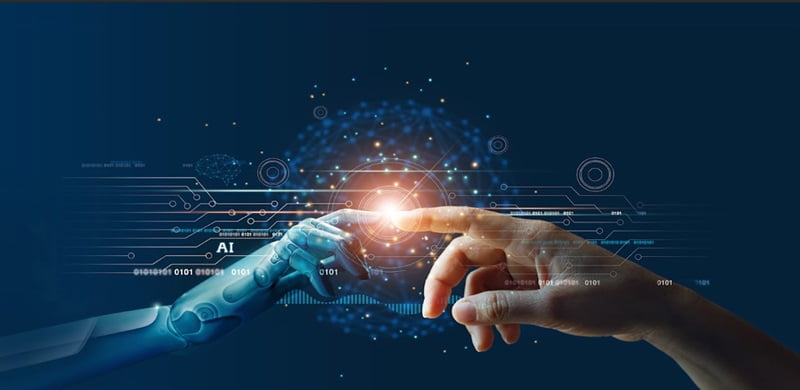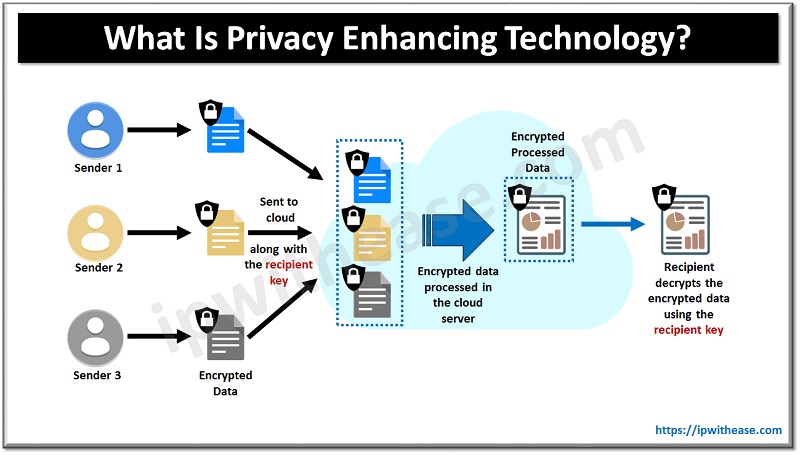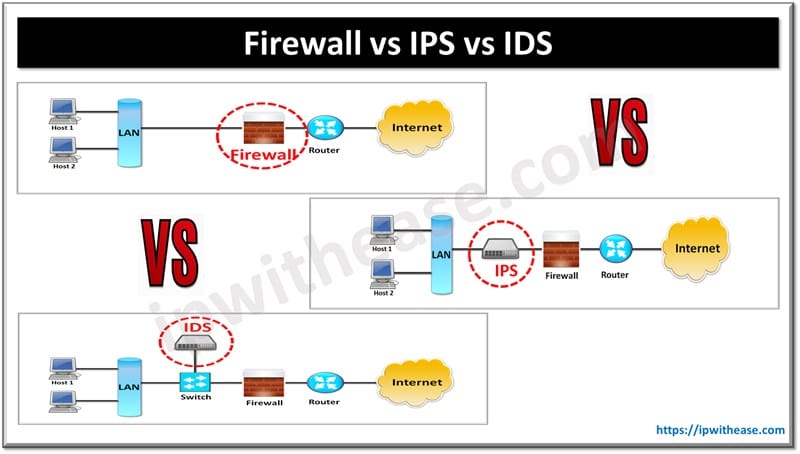In an era where data is the new currency and cyber threats loom larger than ever, the fusion of artificial intelligence (AI) and human expertise is key to safeguarding digital ecosystems.
This convergence holds immense potential but poses significant challenges, requiring a delicate balance between automated algorithms and human intuition to fortify our digital defenses against evolving threats.
Let’s explore how to leverage these key cybersecurity elements, turning their limitations into strengths.

Current And Emerging Cybersecurity Threats
The cybersecurity landscape is in perpetual flux, with threats evolving at an alarming pace. Among the prominent threats are:
- AI-Powered Attacks
AI-powered attacks encompass several risks, from creating hyper-realistic deepfakes for impersonation to exploiting AI vulnerabilities. These threats demand innovative defense strategies. You may explore additional insights on the topic.
- Ransomware Attacks
Ransomware attacks have evolved from indiscriminately victimizing individuals to targeting critical infrastructure. The proliferation of ransomware-as-a-service (RaaS) models has democratized access to these malicious tools, enabling even less skilled attackers to launch devastating attacks.
- Phishing And Social Engineering
Social engineering tactics, leveraging deceptive emails or messages, and phishing attacks, manipulate human psychology to gain unauthorized access or extract sensitive information. The convergence of such approaches has made these attacks increasingly difficult to detect, requiring technology and human vigilance to detect and resolve.

How To Integrate AI And Human Expertise For Cybersecurity
Combining AI and human expertise fortifies defenses and thwarts sophisticated attacks. Here are some ways to ensure optimal protection:
- Strategically Fusing AI And Human Skillsets
Integrating human expertise and AI in cybersecurity begins with strategically aligning skillsets. Organizations must thoughtfully blend the strengths of AI, such as rapid data processing and pattern recognition, with the nuanced understanding, adaptability, and ethical decision-making abilities inherent in human intelligence. This fusion requires a comprehensive understanding of how AI can complement and enhance human capabilities within the cybersecurity framework.
- Developing Tailored AI-Augmented Workflows
Practical integration involves designing workflows that leverage AI to support human security analysts effectively. This includes developing AI-driven tools for data analysis, anomaly detection, and threat prioritization. For instance, implementing AI-powered platforms that continuously monitor network traffic, flagging potential threats for human validation, streamlines the analysis process and enables rapid response to emerging threats.
- Implementing Continuous Feedback Loop
An integral aspect of successful integration is establishing a continuous feedback loop between AI systems and human experts. Human analysts provide critical feedback to AI algorithms, refining their accuracy by validating flagged anomalies, correcting false positives, and updating threat intelligence. Conversely, AI systems contribute to human learning by highlighting emerging threats or attack patterns, fostering a dynamic and adaptive cybersecurity ecosystem.
- Prioritizing Human Oversight And Ethical Governance
While AI augments cybersecurity capabilities, human oversight remains pivotal. Organizations must institute robust governance frameworks, ensuring that AI-driven cybersecurity measures align with ethical standards and regulatory compliance. Human experts oversee the ethical implications of AI algorithms, mitigating biases, ensuring data privacy, and preventing unintended consequences arising from AI-driven decisions.
- Training AI Models for Threat Detection
Developing customized AI models that address the organization’s requirements is essential. This involves leveraging machine learning techniques to create models trained on historical data and unique patterns specific to the company. These models can then continuously analyze network behaviors, system logs, and user activities, flagging deviations for human analysis. Fine-tuning them over time ensures accurate threat identification.
- Real-Time Incident Response Orchestration
Implementing AI-driven incident response orchestration allows for swift reactions to threats. This involves integrating AI-powered playbooks that automatically trigger predefined responses to certain threats based on established protocols. Human experts design these playbooks, continually refining and optimizing them in response to evolving threats. Human oversight ensures critical decisions and responses align with organizational objectives and ethical considerations.
- Behavioral Analytics For Anomaly Detection
AI-powered behavioral analytics helps detect anomalies in user behavior, device interactions, and system activities. These leverage AI algorithms to establish baseline behaviors, promptly flagging deviations that might indicate potential threats. Human expertise comes into play to investigate and contextualize these anomalies, distinguishing between genuine threats and benign irregularities.
- Adaptive Threat Hunting Capabilities
Cultivating AI-assisted threat-hunting capabilities empowers cybersecurity teams to seek out potential threats proactively. AI algorithms can analyze vast datasets to identify subtle indicators of potential attack patterns. Human analysts with domain knowledge use these insights as starting points for in-depth investigations, uncovering hidden threats that might evade automated detection.
- Continuous Training With AI-Simulated Scenarios
Conducting regular training exercises using AI-simulated cyber-attack scenarios helps prepare human experts for real-world threats. These simulations leverage AI to emulate sophisticated attack methodologies, allowing cybersecurity teams to practice responses and refine strategies in a controlled environment. Human feedback on these simulated scenarios enables the enhancement of AI algorithms and human response capabilities.
Final Thoughts
Integrating human expertise and AI in cybersecurity strategies isn’t a matter of choice; it’s a strategic necessity. While AI empowers us with unprecedented speed, scalability, and data processing capabilities, human intelligence remains irreplaceable, offering contextual insight, adaptability, and ethical guidance crucial in safeguarding our digital realms.
Leveraging the strengths of human intellect and machine intelligence paves the way for a more secure digital future where innovation thrives, data remains protected, and our digital ecosystems continue to be resilient amidst the fast-evolving threat landscape.
Continue Reading:
What Is Threat Hunting? Everything You Want to Know
WannaCry Ransomware Fully Explained
ABOUT THE AUTHOR
IPwithease is aimed at sharing knowledge across varied domains like Network, Security, Virtualization, Software, Wireless, etc.



